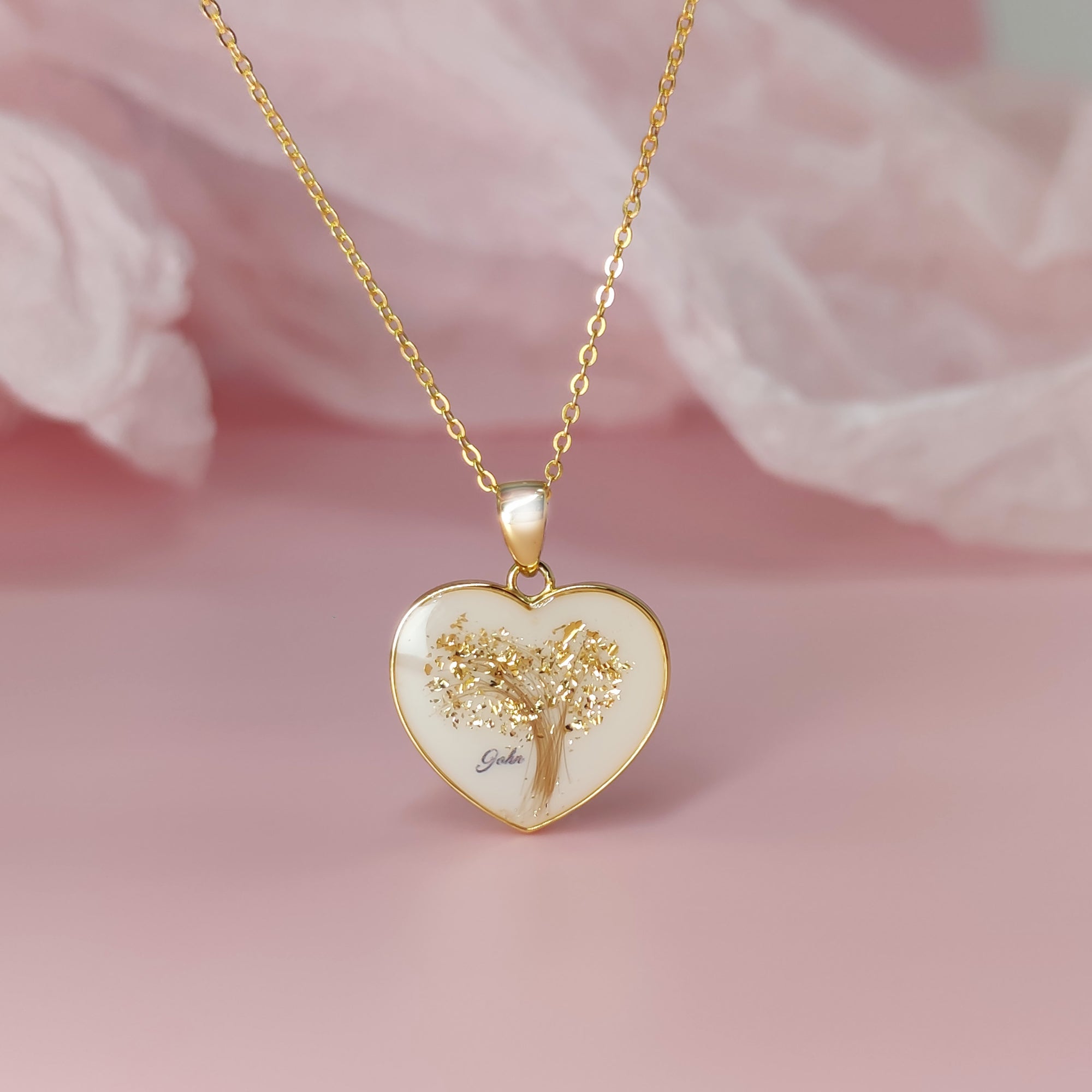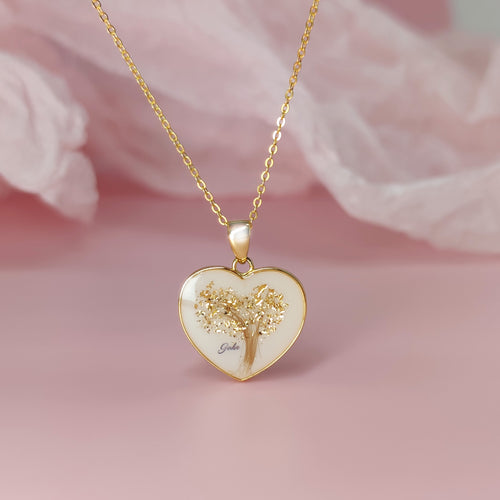As a parent, ensuring your baby’s safety and comfort is a top priority. With countless baby products on the market, it can be overwhelming to decide what’s both safe and practical. This guide will walk you through essential tips for selecting products that meet your baby’s needs and give you peace of mind.
1. Prioritize Safety First
Look for Safety Certifications
- Check for safety labels like JPMA (Juvenile Products Manufacturers Association), ASTM International, or CPSC (Consumer Product Safety Commission) compliance.
- For car seats, ensure it meets FMVSS 213 standards in the U.S.
Avoid Recalled Products
- Research if the product has been recalled due to safety concerns. Websites like recalls.gov provide up-to-date recall information.
Inspect for Choking Hazards
- Ensure small parts are securely attached, especially for toys and baby gear.
- Avoid items with detachable pieces or sharp edges that could harm your baby.
Test for Stability
- Products like high chairs, strollers, and walkers should have a wide base to prevent tipping over.
2. Choose Practical Features
Ease of Use
- Look for products that are intuitive and easy to assemble or operate.
- For items like strollers and car seats, check how easily they can fold, adjust, or clean.
Growth-Friendly Options
- Invest in items that grow with your baby, such as convertible car seats, cribs that transform into toddler beds, or strollers with adjustable seating.
Portability
- If you’re often on the go, consider lightweight and compact options like travel strollers, portable cribs, or foldable high chairs.
Easy Cleaning
- Babies can be messy, so choose products with removable, machine-washable covers or easy-to-clean surfaces.
3. Research Before Buying
Read Reviews and Ratings
- Online reviews from other parents can provide valuable insights into a product’s performance and durability.
Check Expert Recommendations
- Refer to trusted sources like Consumer Reports, parenting blogs, or pediatrician-approved product lists.
Seek Recommendations from Other Parents
- Ask friends, family, or parenting groups about their favorite products and any items they’d avoid.
4. Avoid Overbuying
Babies grow quickly, and some products may only be used for a short period. To avoid overspending:
- Stick to essentials like a crib, car seat, stroller, and diapers.
- Delay buying non-urgent items like walkers or jumpers until you’re sure your baby needs them.
- Consider borrowing or purchasing secondhand items in excellent condition (except for car seats and cribs, where safety standards may have changed).
5. Match the Product to Your Lifestyle
Consider Your Space
- For small living spaces, opt for compact and multi-functional products like pack-and-play cribs or wall-mounted diaper organizers.
Think About Your Routine
- If you’re an active family, prioritize sturdy, all-terrain strollers or carriers for outdoor adventures.
- For frequent travelers, lightweight travel systems and portable bassinets are a must.
6. Avoid Common Pitfalls
Overemphasis on Aesthetics
- While cute designs are tempting, prioritize functionality and safety over appearance.
Assuming Expensive Equals Better
- High prices don’t always guarantee quality. Many affordable products meet safety and practicality standards.
Falling for Gimmicks
- Avoid products with unnecessary features that don’t add value to your baby’s comfort or safety.
7. Sustainability Matters
Consider eco-friendly and sustainable products to minimize environmental impact:
- Look for items made from non-toxic, BPA-free, and organic materials.
- Choose reusable products like cloth diapers or silicone feeding utensils.
8. Test Products When Possible
If shopping in-store, test the product to check:
- Comfort for your baby.
- Smoothness of operation (e.g., stroller wheels, car seat straps).
- Sturdiness and quality of materials.
9. Budget Wisely
- Set a budget and prioritize essential products first.
- Look for sales, bundles, or subscription services that offer discounts on baby items.
10. Keep Safety Guidelines Updated
As safety standards evolve, stay informed about the latest recommendations from pediatricians and regulatory bodies.
Conclusion
Choosing the right jewelry design allows you to feel the warmth of motherhood at all times and lets you express your personality and style. I hope these tips help you find the piece that best represents the special bond between you and your baby. If you want to customize a piece of jewelry just look at this. It’s a unique way to cherish this time forever.

